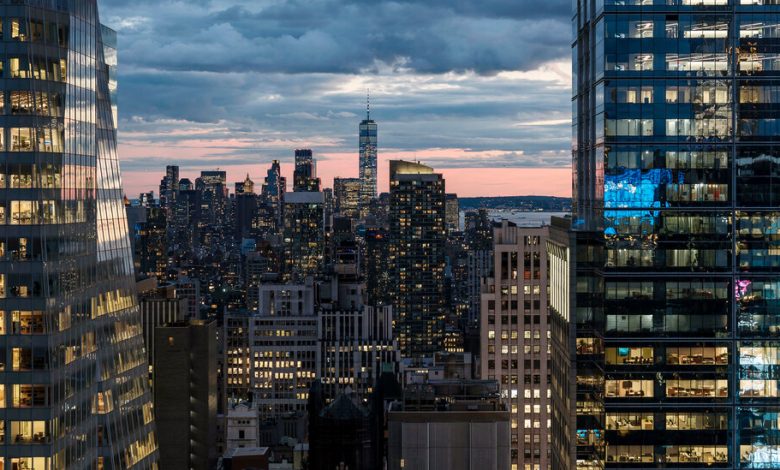Is New York City Back? Not for Everyone.

Nearly four years after the coronavirus pandemic hit, New York City is back in many ways.
As of September, New York City had the most jobs ever recorded. Tourism has mostly rebounded, with 62 million visitors last year. Subway ridership is still short of prepandemic levels, but has risen to nearly four million on weekdays. The number of murders fell under 400 last year for the first time since 2019.
Tax revenue projections were $1.3 billion higher than expected for the current fiscal year, allowing Mayor Eric Adams to rescind midyear budget cuts that would have affected nearly every city agency. This year’s Wall Street bonuses are expected to be slightly higher than last year’s, according to the state comptroller’s office, which would funnel more tax revenue to the city than expected.
“We’re not surviving — we are thriving in this city,” Mr. Adams said at a recent news conference celebrating the city’s strong bond rating.
The recovery of New York City, the nation’s financial capital, is critical to the American economy and to the eight million people who call the city home.
But the recovery is incomplete and uneven. Multibillion-dollar budget deficits loom in each of the next few years, in part because of the migrant influx that city officials say will cost $10 billion over three years. Office building vacancies are still plentiful in a new era of hybrid work.
And in many parts of New York, especially among the working class, it does not feel like the city is back on its feet. The poverty rate has soared to 23 percent, up from 18 percent in 2021. Demand for food stamps and cash assistance has surged. The housing crunch is the worst it has been in more than 50 years, with a rental vacancy rate of only 1.4 percent. Even life expectancy remained below prepandemic levels, according to the Health Department.





